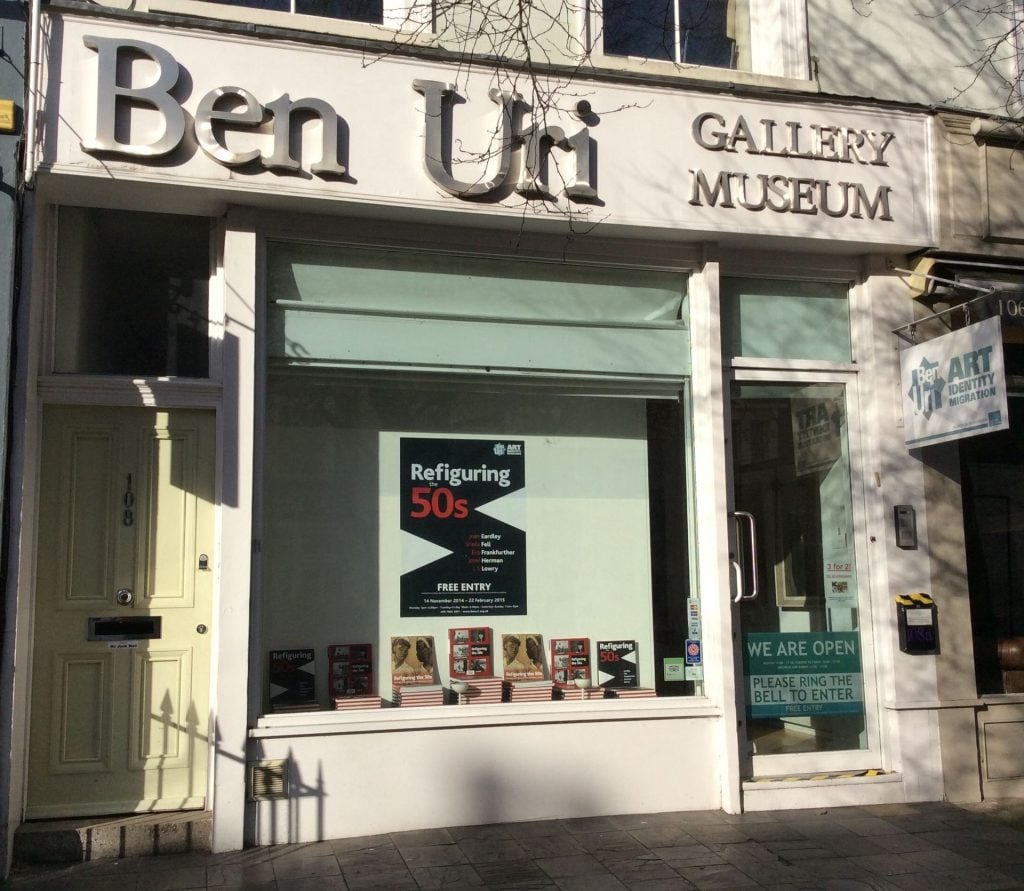Politics
A Small Jewish Museum in London Will Sell Off Half of Its Collection to Refocus on Immigrant Artists From All Over the World
The museum will sell the works at Sotheby's.

The museum will sell the works at Sotheby's.

Henri Neuendorf

The Ben Uri Gallery, a small London museum that has been dedicated to promoting Jewish artists for more than a century, plans to sell off half of its collection and expand its focus to encompass immigrant and refugee artists from all over the world and of all religions.
As part of the reassessment of its collection and mission, the museum is preparing to sell or give away about 700 works. The most valuable pieces—including paintings by English artists David Bomberg and Mark Gertler—will go under the hammer at Sotheby’s later this year.
All told, the auction is expected to raise between £1.3 million to £2 million for the museum, which will be reinvested into new acquisitions by immigrant artists of all stripes, as well as the establishment of an arts and dementia institute.
Museum leaders say they feel they must expand their scope to adapt to Britain’s changing demographics and to remain relevant in London’s increasingly saturated cultural landscape. And it has always been an important tenet of modern Judaism to support refugees worldwide. “In London, the Jewish community is too small and too narrow,” the gallery’s executive chairman David Glasser told Artnet News. “If we want a future, [the museum] has to engage with audiences irrespective of their ethnicity.”
Ben Uri Gallery was originally established in the Jewish enclave of Whitechapel, East London, in 1915 to support and showcase Jewish immigrant artists settling in the British capital. Since then, it has inhabited spaces in Soho in the city center and St. John’s Wood in the northwest of the city.
Among the most important works hitting the auction block from its collection are Bomberg’s At the Window (1919), which is expected to sell for between £500,000 to £800,000 and the artist’s The Broken Aqueduct, Wadi Kelt near Jericho (1926), which is estimated to fetch between £120,000 and £180,000. Other highlights include a nude by Gertler painted a year before his death and a watercolor by pre-Raphaelite painterSimeon Solomon.
The shift was prompted by a realization about the museum’s existing holdings. “We recognized that the collection was not a collection of Anglo-Jewish artists as promulgated over decades,” Glasser explained. “When we actually did a proper analysis of artists, country of birth, what decade, we found that two-thirds of the artists in the collection were immigrants. These were dynamics that had never been revealed or understood before and this gave us a platform and a point of difference.”
Going forward, the museum will aim to build the most comprehensive collection of work by artists that have immigrated to the UK since 1900. Glasser named Anish Kapoor and Lucian Freud as two examples of artists the museum aims to add to its collection. But, he added, its wish list also includes artists that aren’t household names but are crucial to telling the story of the artist as immigrant.